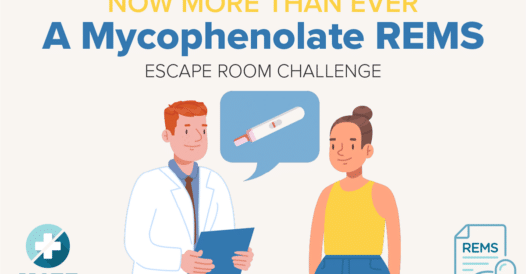Decoding Psoriatic Arthritis: Applying Evidence-Based Guidelines for Individualized and Effective Treatment
Psoriatic arthritis (PsA) diagnosis and management have been directed by three main sets of guidelines: the American College of Rheumatology (ACR) guidelines, the European Alliance of Associations for Rheumatology (EULAR) guidelines, and the Group for Research and Assessment of Psoriasis …









